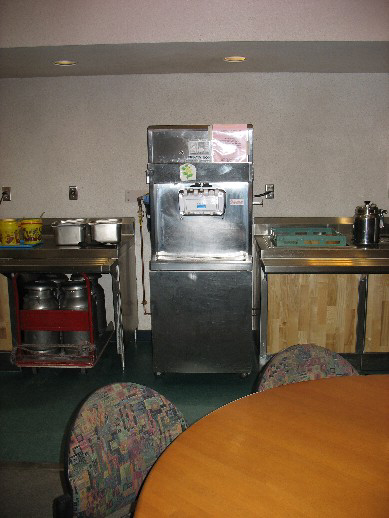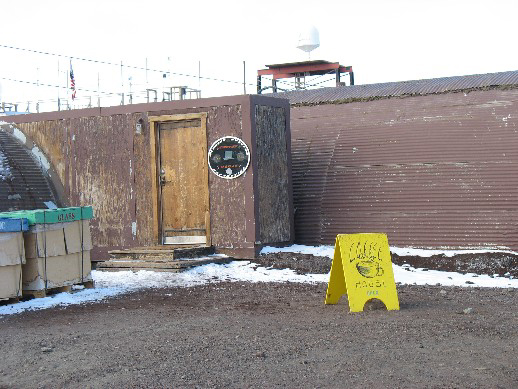 |
|
|
Home|Glossary|Links|Journal|Maps
THE BIG WAIT
I find Mark sipping a glass of wine. He spent three extra days in Christchurch before getting to McMurdo, now a combination of bad weather and mechanical problems has delayed his departure to WAIS for close to two weeks. “WAIS is an acronym for the West Antarctic Ice Sheet,” explains Mark. He and his eight teammates are going there to collect ice cores. When they get the cores back to the U.S., they’ll be analyzing ancient air trapped inside the cores to see how the earth’s atmospheric composition has changed over time. They’re particularly interested in changes in the amounts of greenhouse gases, like carbon dioxide and methane, that are involved in the earth’s radiation balance says Mark. The earth’s surface absorbs some sunlight and reradiates it back to the atmosphere as heat, or infrared radiation (IR). Unlike nitrogen or oxygen, which make up most of the atmosphere and allow the IR to escape to space, greenhouse gases absorb the IR and reradiate it back to the earth. The resulting “greenhouse effect” warms the earth and allows life to exist. However human activities such as the burning of fossil fuels have increased atmospheric concentrations of greenhouse gases and may be contributing to the global warming that has been observed over the past 100 years. The WAIS team would like “to establish the natural background level and variability of greenhouse gases prior to the industrial revolution,” explains Mark. This would allow them to assess how much of the recent increase in greenhouse gases is due to manmade influences as opposed to natural ones. The WAIS team will be drilling to a depth of 250 meters, which will give them a record of the last 1000 years notes Mark. Their camp will be “deep field” - meaning the team will be camping in tents and out of touch with family and friends for the several weeks they are at WAIS. Daily radio check-ins with McMurdo Station will essentially be their only form of communication. |

